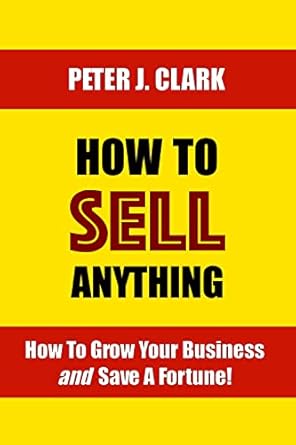How to leverage the emotional power of branding
Few of us like to think we spend our money emotionally, especially in these straightened times. Clearly, there's an emotional element when we buy items like clothes, cosmetics or even furniture, as these express our personality. But what about the boring products we buy every day, like food and drink or household products, asks Tony Nunan, managing director for research and design agency Visuality Group.
The answer is a resounding "yes", of course. Consumers' perception of individual brands are formed by the ways they've been marketed, tempered by our actual experiences as we consume them. The fact that consumers have emotional connections with brands above their functional utility lies at the heart of branding and is why investment in marketing has historically built value.
The Pepsi Challenge
A demonstration of the emotional power of branding was the Pepsi Challenge. During the 1970s, Pepsi invited coal drinkers across the UK to a blind taste test against Coke. Pepsi was consistently preferred, but consumers kept buying Coke. Whilst it has been suggested that this dissonant behaviour was due to a flaw in the research method, the challenge was later repeated by neuroscientist, Read Montague, whilst monitoring respondents on an MRI scanner.
In blind tests, around one half claimed to prefer Pepsi. Once Montague explained which samples were Coke however, around three quarters claimed to prefer it. Respondents' neural response also changed. Coke "lit up" the pre-frontal cortex, demonstrating that the emotional connection to the brand was producing a real neurological effect.
Emotional responses to brands exist in all categories, no matter how prosaic.
From Charmin to Cushelle
Visuality worked on the migration of Charmin toilet tissue to a new brand name and identity, Cushelle. The changes were driven by provisions in the sale of Charmin from P&G to paper giant SCA. SCA was already a major player in the category with Velvet and research had confirmed that the two brands had very different emotional profiles.
For the acquisition to be successful, it was crucial that the brand developed to replace Charmin should evoke an identical emotional response. Cushelle emerged from an extensive programme of creative development and research. Charmin loyalists perceived Cushelle and its brand icon, the cuddly koala, as occupying an identical emotional territory to Charmin, and the new brand was introduced with barely a murmur.
Beecham's vs. Lemsip
Few consumer categories are more closely monitored in terms of product and promotional claims than OTC medicines, and yet this is an area where consumers' emotional connections with brands are massively powerful. For decades, GSK and Reckitt Benckiser have been battling for "share of sniffle" in the Cough and Cold category.
Brand advertising has tended to converge recently, with both Lemsip and Beecham's (and new entrant Nurofen) advocating a pragmatic, no-nonsense approach to treating colds and flu. But, at an emotional level, are you, like Sherlock Holmes, attracted to Beecham's no-nonsense capsules or, deep down, do you yearn for the warm, comforting hug epitomised by Lemsip's steaming mug?
So there it is. Consumers love brands. Yet, what price love?
The ease with which loyalty can be bought
Recent years have been characterised by record levels of promotion and a fixation with price. Consumers may still talk warmly about brand loyalty in focus groups, but follow them in store and we quickly see that loyalty can be bought. In most categories, shoppers have changed their behaviour and are happy to buy from a repertoire of brands and, increasingly, private label.
Discounters are here to stay
This is not news to anyone involved in brand or category management. The big question is, what happens next? Many marketers have only experienced this price-led environment. However, during 2014, the UK economy will move away from austerity and, with luck and some sensible macro-economic management, toward a brave new world.
Will today's marketers have the skills and courage to invest in a new era of brand building that adds value to the businesses in their care by making consumers fall in love with brands again, or will price continue as the only marketing game in town?
Perhaps a cue to future success lies with super successful discounter Aldi. Aldi isn't just cheap. More and more customers are becoming aware of the quality of its products, and great quality at great prices means value. If this isn't enough for competitors to deal with, it's humorous, self-deprecating advertising appeals to customers from all quarters, helping to build a personality for the Aldi brand to which we feel increasing affection. Great products, at great prices, and an increasingly strong emotional bond with consumers - and not a bad place to be.
Sources: Visuality Group / The Marketing Factbook.
Copyright © 2014 - 2025 The Marketing Factbook.
Categorised as:
- Customer Experience
- Customer Loyalty
- Knowing The Customer
- Marketing Know-How
- Marketing Technology
